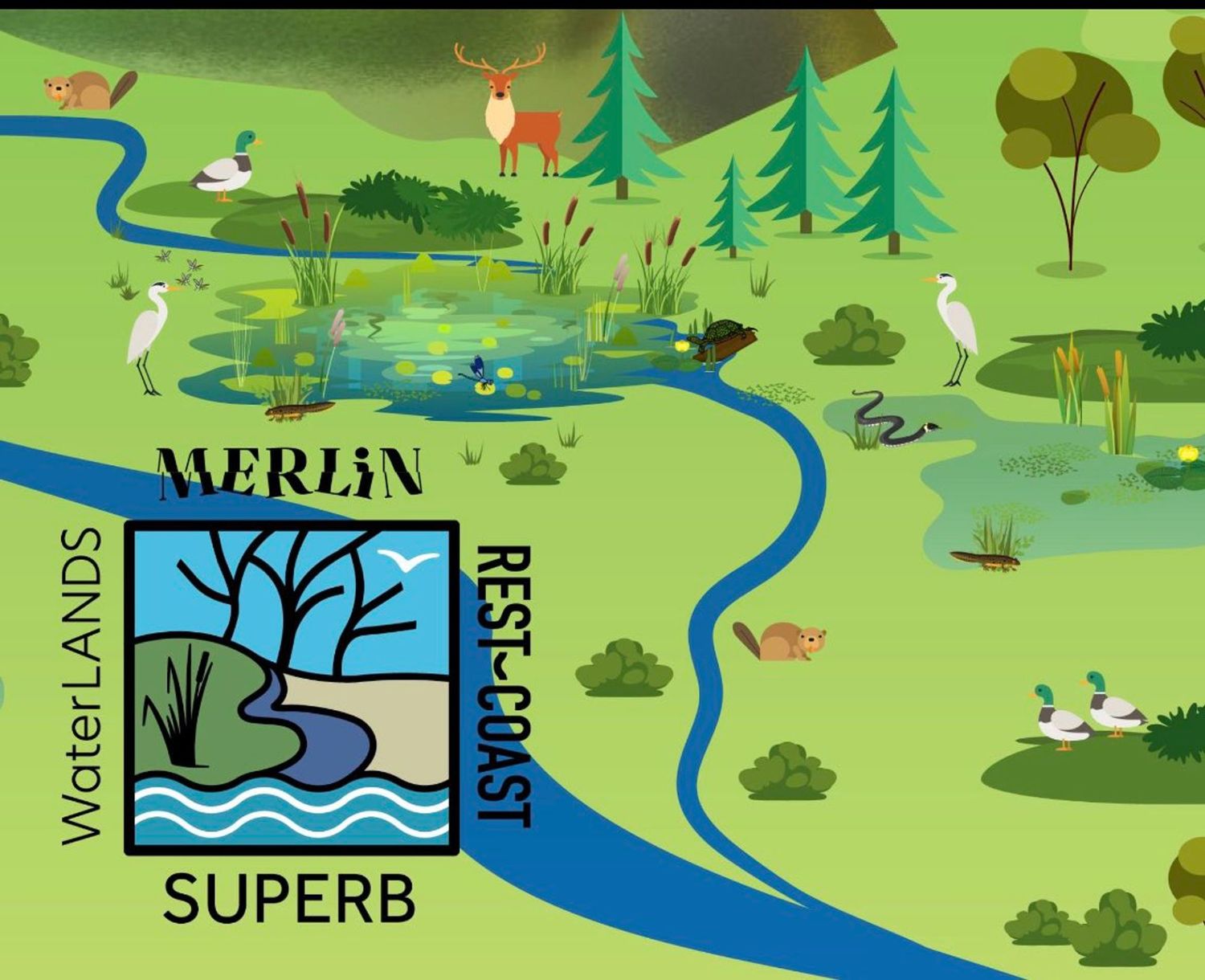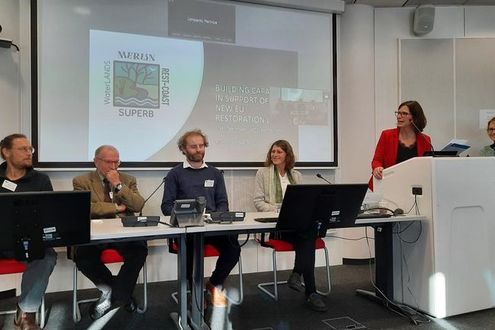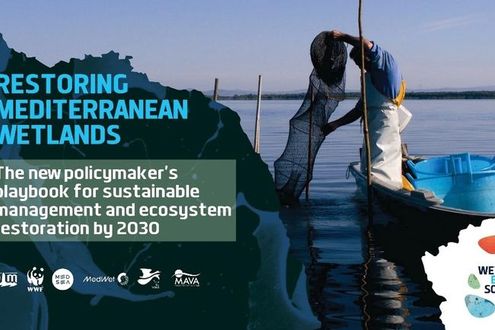In early 2024, the European Parliament will hold a final vote that will decide the outcome of the European Union (EU) Nature Restoration Law (NRL), a hotly debated regulation that aims to halt and reverse biodiversity loss in Europe. An international team led by the University of Duisburg-Essen, and including scientists from University College Dublin (UCD), investigates the implications of the new regulation in an article published on December 15 in the journal Science.
The NRL requires EU member states to implement restoration measures across at least 20 per cent of land and sea by 2030, and across all ecosystems in need of restoration by 2050. Amongst other measures, the NRL provides specific targets for the rewetting of peatlands, as well as targets to increase pollinator populations. The NRL has already weathered several legislative hurdles. Most recently, it was approved by the European Parliament’s Environment Committee, after delegations of the Parliament and the Council of the EU agreed on the final text.
But will the regulation fulfil its ambitious objectives? The authors of the Science paper, which include scientists leading large European projects on nature restoration and biodiversity, analysed the implementation of previous European environmental directives and policies and evaluated the NRL’s prospect of success.
“The NRL avoided several pitfalls that have often obstructed the implementation of European policies and regulations” says Daniel Hering from the University of Duisburg-Essen, first author of the study. “The regulation saves time as it does not need to be transposed into national law, and an implementation framework is clearly laid out.” At the same time, national implementation will be crucial for the NRL’s success.
Craig Bullock, of University College Dublin (UCD), Coordinator of the Horizon 2020 project WaterLANDS which is demonstrating how wetland restoration can be achieved across Europe, said that he is pleased that targets for peatland restoration have been retained in the agreed text.
Key for implementation will be the cooperation of nature restoration with land users, in particular with agriculture. “Intensive agriculture is still a key driver for biodiversity loss in Europe”, says senior author Guy Pe’er.
Shane Mc Guinness, Co-Coordinator of WaterLANDS, added that “in Ireland, some of the required restoration of peatlands can be swiftly achieved by focussing on the commitments of Semi-States, but wider positive behaviour change can also be achieved through fair incentivisation. For example, WaterLANDS is assessing how properly rewarding farmers for changes to the management of degraded upland bog in Leitrim and Cavan can result in fairer restoration”.
The NRL aims to improve the health of pollinator populations and to increase water-storage capacity in the landscape, both of which directly benefit agriculture. The authors conclude that funding from the EU Common Agricultural Policy should be used to implement the NRL: a statement that requires intensive debate in science and application.
Overall, the authors provide a positive outlook for the NRL, but warn that ambitious national implementation and cooperation with economic sectors, such as agriculture, are instrumental to the success of nature restoration in Europe.
The NRL is part of the Green Deal and is, amongst others, intended to fulfil the international biodiversity agreement of Kunming-Montreal, according to which at least 30 percent of degraded ecosystems must be restored by 2030.


